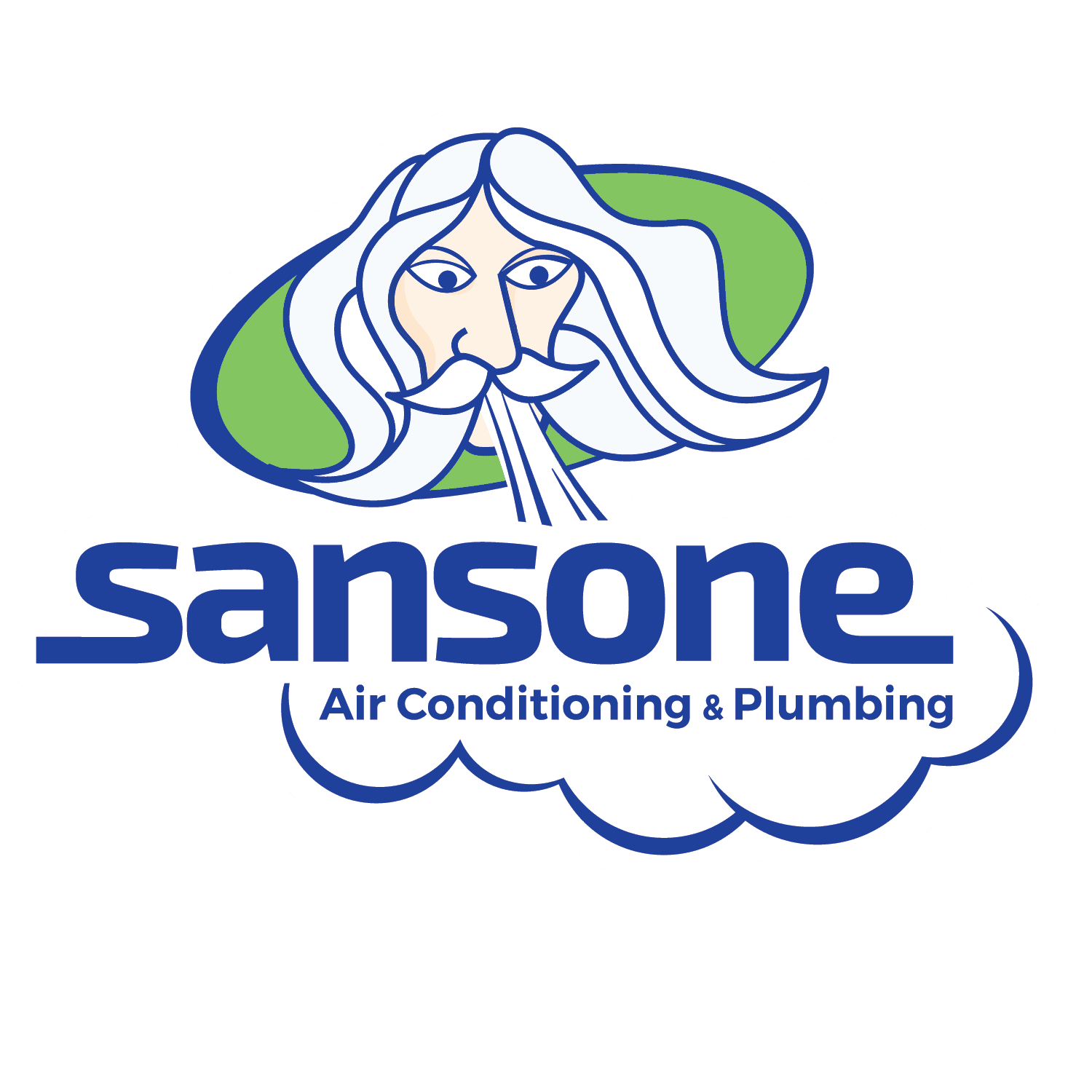
f you neHave you ever heard of VOCs? The acronym, which is short for volatile organic compounds, isn’t a common topic amongst homeowners, but it should be.
Put simply, VOCs are chemicals that are emitted as gases and can be found in all living things and everyday items you use in your home. Your furniture, carpet, blinds, wood floors, ovens, heating systems, air fresheners, and cleaning products all contain VOCs. And considering we spend an ample amount of our time in our homes (and the homes of others) it’s important to understand the effects these chemicals can have on us.
Often containing carbon, hydrogen, oxygen, fluorine, chlorine, bromine, sulfur or nitrogen, these organic compounds easily vaporize and can be dangerous to humans. Because VOCs are present in our day-to-day lives and present health concerns to humans and animals alike, it is important to understand the nature of these compounds and how to reduce your exposure.
Are VOCs Dangerous?
VOCs are potentially dangerous to humans because they can cause significant health issues in both short term and long term exposure.
VOCs contaminants can be divided into a few main categories:
- Tobacco smoke
- Other combustion products (stoves, ovens, heaters, fireplaces)
- Biologicals (animal dander, mold, dust mites, etc.)
- Chemicals like formaldehyde, pesticides, solvents, paint (interior and exterior), cleaning products, and air fresheners
- Heavy metals like airborne lead and mercury vapor
- Two long-term VOC risk factors: asbestos and radon
Short-Term Health Effects and Symptoms of VOCs
VOCs include a handful of different chemicals that have various short and long-term health effects. The severity of the health consequences, and how the health consequences will manifest depends on the specific source of contamination.
Possible symptoms and short-term health effects of VOCs include:
- Headache
- Nausea
- Confusion
- Cough
- Wheezing or restricted breathing
- Dizziness
- Nose and throat irritation
- Skin irritation
- Fatigue
- Emesis
- Epistaxis or nosebleed (formaldehyde)
- Visual disorders
- Eye infection
- Respiratory tract infection and irritation
- Memory loss
Some of the more innocuous symptoms like dizziness and headache can have the most serious, dangerous health consequences.
If dizziness and headaches are a common symptom for you, you may want to monitor the levels of carbon monoxide (CO) in your home. The combination of several sources of carbon monoxide like environmental tobacco smoke, ovens, and heating systems can cause a building up of carbon monoxide indoors.
Exposure to CO shows up as something called “carboxyhemoglobin” in your blood. If you are experiencing headaches and fatigue, the CO levels could be halfway to the level that causes a loss of consciousness (and death at continued exposure).
You will begin to experience fatigue and headache when the carboxyhemoglobin level reaches 30 percent in your blood. A loss of consciousness and death at continued exposure occurs at a 60 percent saturation of carboxyhemoglobin, according to the EPA.
Long-Term Health Effects and Symptoms of VOCs
If nosebleeds and loss of consciousness aren’t bad enough, there are a whole host of negative long-term health consequences from exposure to volatile organic compounds as well.
Some of the long-term signs of VOC exposure can disguise themselves as seemingly normal symptoms like an allergic skin reaction or leg cramps. If you have unexplained allergies, respiratory illnesses, chest tightness, or changes in breathing, try to think about if you are spending more time in a new indoor environment.
Other long-term health effects include:
- Asthma
- Allergic skin reaction (sometimes lasting until the contaminant is removed)
- Hearing loss
- Tremor, lack of coordination (heavy metals like airborne lead and mercury vapor), muscle cramps
- Seizures/loss of consciousness
- Chronic learning deficits
- Hyperactivity
- Reduced attention span
- Intermittent fever
- Personality change
- Neurological dysfunction
- Lung cancer
Lung cancer is another grave concern about the long-term health consequences of VOCs. Radon is the 2nd leading cause of lung cancer in America after smoking and The National Cancer Institute estimates that 15,000-22,000 lung cancer deaths per year are related to radon.
The negative impacts of volatile organic compounds are not limited only to living humans. Babies and pregnant women are also at extreme risk of experiencing consequences from VOCs. The Ministry of Environment in Korea performed an extensive study of 1,558 pregnant women across three cities and found a strong correlation between exposure to VOCs (particularly chemicals from cleaners and air fresheners, and the chemical benzene) to a lower birth weight. Exposure to some heavy metal VOCs has also been linked to an increased risk of learning disabilities in children, according to the EPA.
How Are Humans Exposed to VOCs?
VOCs are far more present in our day-to-day lives than many people realize, and because the compounds are found in thousands of different common household products, oftentimes levels of VOCs are two to fives time more concentrated indoors than outside.
Just some of the main sources of VOCs include:
- Adhesives
- Air fresheners
- Carpets
- Cleaning products
- Composite wood products
- Cosmetics
- Fuel
- Moth balls
- Paints
- Sealing caulks
- Solvents
- Upholstery
- Varnish
- Vinyl flooring
How Do VOCs Affect Your Health?
In addition to the general short and long-term health effects, two illnesses are specific to volatile organic compounds: Sick Building Syndrome and Building Related Illness.
These terms are used to describe situations where people may experience “acute health and comfort effects” inside of a building, according to the EPA. The complaint can be in one specific room, or a problem across the entire building.
“Sick building syndrome” is used when the cause of the discomfort cannot be identified. “Building related illness” is used when the symptoms can be directly attributed to some contaminant in the building.
How do you know if you have a sick building syndrome or building related illness situation on your hands? The EPA says most complainants report relief soon, or immediately after leaving the building.
How to Reduce VOCs in Your Home
Because of the nature of VOCs, they will always be present in both the indoor and outdoor air. However, there are many steps you can take to reduce your exposure to VOCs in your home.
Improve ventilation. One of the biggest things you can do to reduce the amount of VOCs is improving the ventilation in your home, especially when you are using products known to contain VOCs. Improving ventilation won’t just help your home feel comfier, but letting fresh air flow indoors will improve your overall indoor air quality.
Check for formaldehyde. Formaldehyde is one of the most prevalent VOCs in homes, but fortunately, it is also one of the most measurable. We recommend regularly monitoring formaldehyde levels and, if possible, locate the source of the pollution.
Keep products containing VOCs outdoors. If you have VOC-containing products stored in your home, try relocating these products to an outdoor storage area.
Avoid mixing household products. Unless stated on the label that it is safe, mixing household products can create even higher levels of VOCs in your home.
How You Can Protect Your Family From VOCs
If you’re concerned about the health consequences for yourself or your family, it’s important to schedule a test for dangerous compounds. A Sansone HVAC professional can help you test the levels of various dangerous chemicals in your home, identify sources of contamination, and make recommendations to improve the safety of the air in your home.
For assistance and guidance in dealing with known or suspected adverse effects of indoor air pollution, contact the U.S. Environmental Protection Agency Indoor Air Quality Information Clearinghouse [IAQ INFO] (1-800-438-4318), EPA regional offices, and state and local departments of health and environmental quality, and your local American Lung Association (1-800-LUNG-USA). For information on particular product hazards, contact the U.S. Consumer Product Safety Commission (1-800-638-CPSC). Individual manufacturers, as well as trade associations, may also supply pertinent information. For information about the regulation of specific pollutants, call the EPA Toxic Substances Control Act (TSCA) Assistance Information Service (202-554-1404). If you need information relating to occupational exposures, contact the Occupational Safety and Health Administration (202-523-6091) or the National Institute of Occupational Safety and Health (1-800-35-NIOSH). For information on lead, contact the National Lead Information Center (1-800-LEAD FYI). For information on pesticides, contact the National Pesticides Telecommunications Network (1-800-858-PEST).
You can also view the EPA’s website for more information about indoor air quality and protecting yourself from volatile organic compounds.
What Else Can I Do?
Fortunately, there are lots of ways you can reduce the number of VOCs and indoor air pollutants in your home. The EPA has a comprehensive guide to indoor air quality, which includes simple tips like opting for all-natural cleaning products and reducing the amount of aerosol products you use.
Great resources on improving your home’s air quality:
7 Easy Ways to Improve Indoor Air Quality
4 Houseplants That Can Boost Indoor Air Quality
Everything You Need to Know About Indoor Air Quality
When it comes to reducing indoor air pollutants, your home’s air conditioning system is your biggest line of defense. After all, your HVAC system works to ventilate your home and circulate fresh air. However, if your HVAC system is old or has been poorly maintained, it won’t be able to do its job efficiently.
Contact Sansone for AC Maintenance Services in South Florida
Did you know that one of the easiest and most efficient ways to improve the indoor air quality in your home is by maintaining your air conditioning system? When your air conditioning system receives regular tune-ups and is functioning at peak efficiency, it can easily filter out potentially harmful pollutants, VOCs and the like. On the other hand, forgoing routine maintenance presents a series of issues including the decreased lifespan of your system, increased need for repairs, insufficient cooling, poor IAQ and much more.
At Sansone, your family’s safety comes first, which is why we offer quality maintenance services. When you have one of our professional technicians service your air conditioning system, you can rest assured that your system is delivering the cleanest air possible. Give us a call to learn more about our quality maintenance services, or schedule your appointment online today!
Professional maintenance provided by your local HVAC company will help ensure your air conditioning and heating systems are clean and functioning efficiently, delivering air quality boosting power. At Sansone, our comprehensive maintenance services are proven to reduce indoor air pollutants all while saving you money on your energy costs. Contact us today to learn more about our AC maintenance services in South Florida, or schedule an appointment online at your convenience.
Broward: (954) 800-2858
Palm Beach: (561) 701-8274
St. Lucie: (772) 879-5656
Want to get your ac unit checked out? Book an appointment with our EZ Book Online button below!


